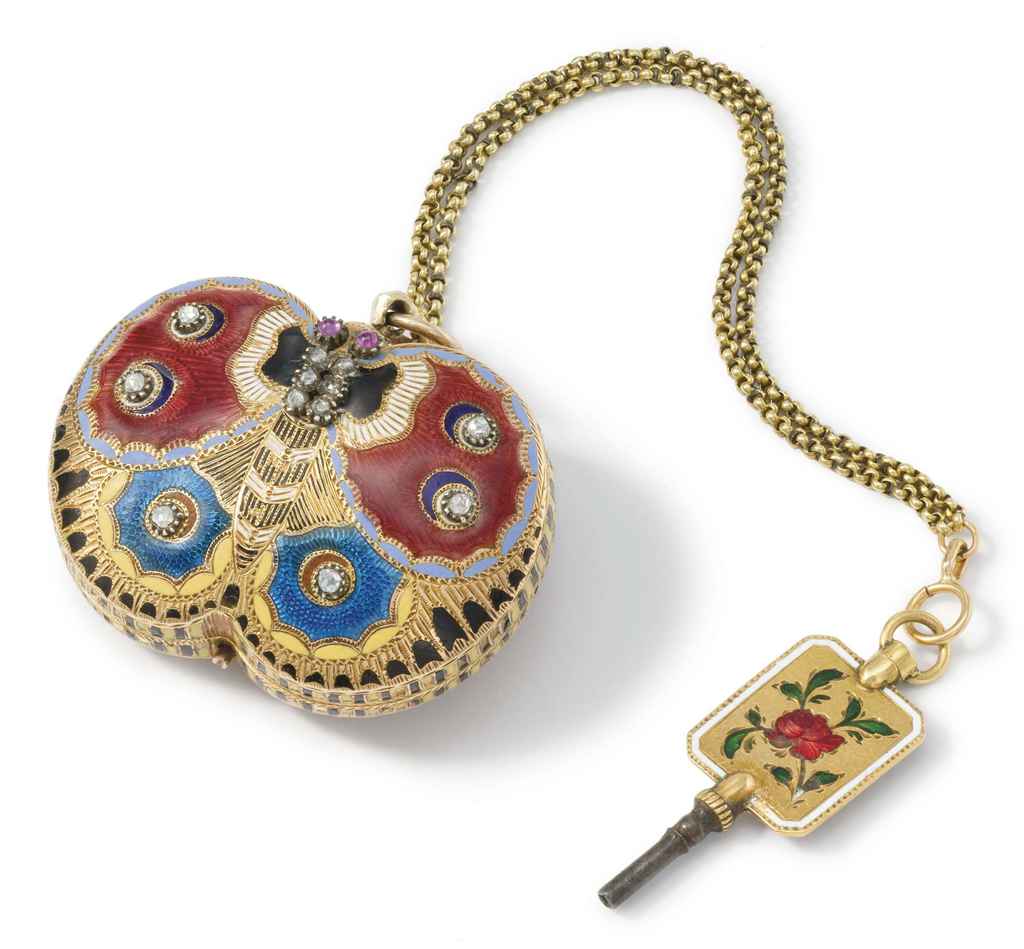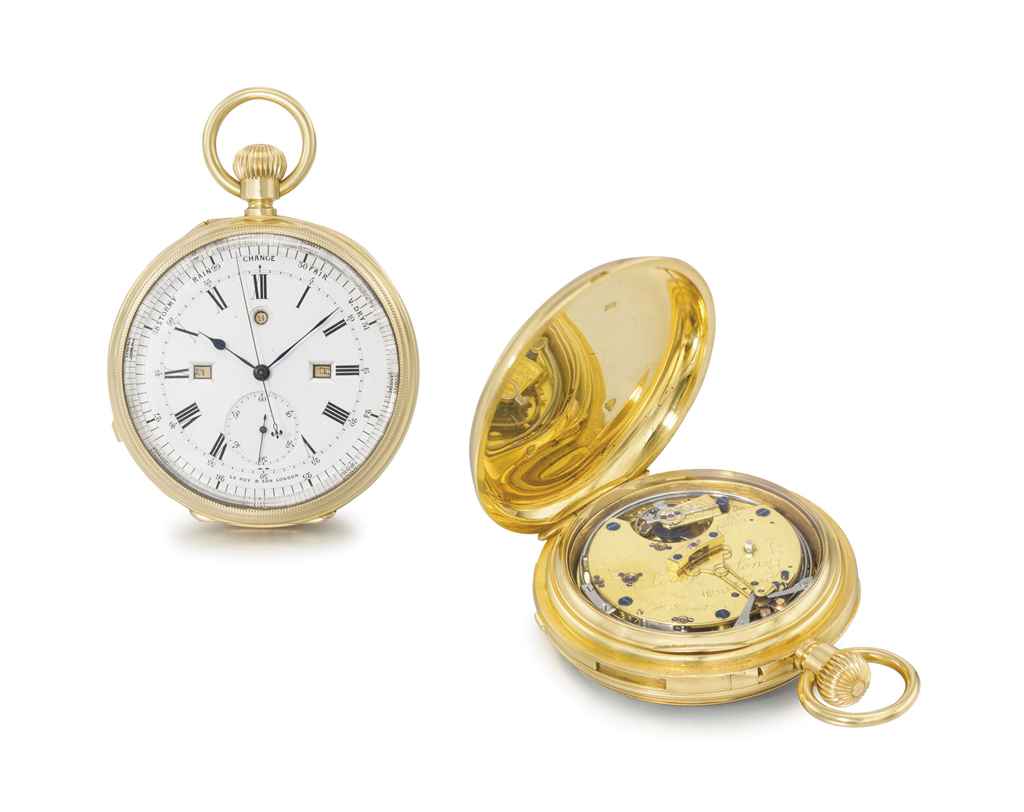A HIGHLY RARE AND IMPORTANT ENGLISH JACK OF PLATE, CIRCA 1580-90 formed of small overlapping square plates of iron with cropped corners, secured by lines of diagonal, vertical, or in some cases horizontal stitches of crossbow twine through holes at their centres between the inner and outer layers of a fabric doublet of 'peascod' fashion with a frontal opening situated slightly to the right of centre and originally closed by laces passing through pairs of reinforced holes, an upstanding collar devoid, like the edges of the arm-openings, of plates, and a short skirt, the whole enclosed between two outer layers of fine linen canvas overlying felted woven wool on the outside and a coarser canvas on the inside of the garment, and decorated with green (perhaps originally white) woollen tufts at the intersections of the stitches (the outer fabric discoloured, worn through at points and split at the shoulders and some points of the waist and the base of the collar) 75.5 cm; 29¾ in Provenance Sir William ffarindon, Worden Hall, Lancashire (sold by auction 1948) A private English collection Literature Alexander de Cosson & William Burgess 'Catalogue of the Exhibition of Ancient Helmets and Examples of Mail', Archaeological Journal, Vol. XXXVII, 1881, p. 591 Ian Eaves, 'On the Remains of a Jack of Plate Excavated from Beeston Castle in Cheshire', Journal of the Arms and Armour Society, Vo. XIII, no. 2, September 1989, p. 137, n. 29) The jack of plate - sometimes referred to in contemporary documents as a 'steel coat', a 'plate coat' or a 'coat of plate' - was a uniquely British defence first recognisably mentioned in English and Scottish records of the second quarter of the 16th century (Eaves 1989, pp. 85-6 & 144, n. 48), p. 145, n. 52). The inventory of the holdings of the Office of the Armouries taken on the death of Henry VIII in 1547 mentions 'a Northerne Jack covered with lynnen' and three 'Northern Jackes made of Canvas and plate' (Harold A. Dillon, 'Arms and Armour at Westminster, the Tower and Greenwich', Archaeologia, Vol. LI, 1888, pp. 52 & 57). Although defences of this kind ceased to be manufactured towards the end of the 16th century (Eaves 1989, p.86 & 148, n. 60), their use persisted into the early years of the following century. In 1622 some forty examples were issued from the Armouries of the Tower of London for use in America by the Virginia Company (Eaves 1986, p. 86 & 148, n. 61). William Harrison in his description of England first published in 1577, observed that 'Our armour consisteth of corselets, almaine riverets, shirtes of mayle, Jacke quilted over wyth leather, fustian or canuas ouer thicke plates of yron that are sewed into the same, and of which there is no towne or village that hath not hir conuenient furniture (in Ralph Holinshead, The First Volume of the Chronicles of England, Scotland and Ireland, London, 1557, f. 86v). Today, however, only sixteen more or less complete jacks of plate are preserved worldwide. Aside from this and the following lot, eight (only five of which are complete) can be recorded in the Royal Armouries Museum, Leeds, one in the British Museum, London, one in the Royal Museums of Scotland, Edinburgh, one in Warwick Castle, Warwickshire, one in the Metropolitan Museum of Art, New York, one in the Germanisches Nationalmuseum, Nuremberg, and one in the Schweizerisches Landesmuseum, Zurich (Eaves 1989, pp. 135-7, n. 22-6 & 29). Only the last two and one of those in Leeds has its frontal opening offset to one side of centre as on this and the following lot. These lots and the Leeds example formed part of a collection assembled at Worden Hall, Lancashire, by Sir William ffarington (c. 1704-81) sometime after 1765. They are unlikely to have formed part of the Hall's indigenous armoury which was sequestered by Parliament in 1643 (Susan Maria ffarington The ffarington Papers, Chetham Society, 1856, p. 93), although it was said that one of the three did service, together with a helmet and
A HIGHLY RARE AND IMPORTANT ENGLISH JACK OF PLATE, CIRCA 1580-90 formed of small overlapping square plates of iron with cropped corners, secured by lines of diagonal, vertical, or in some cases horizontal stitches of crossbow twine through holes at their centres between the inner and outer layers of a fabric doublet of 'peascod' fashion with a frontal opening situated slightly to the right of centre and originally closed by laces passing through pairs of reinforced holes, an upstanding collar devoid, like the edges of the arm-openings, of plates, and a short skirt, the whole enclosed between two outer layers of fine linen canvas overlying felted woven wool on the outside and a coarser canvas on the inside of the garment, and decorated with green (perhaps originally white) woollen tufts at the intersections of the stitches (the outer fabric discoloured, worn through at points and split at the shoulders and some points of the waist and the base of the collar) 75.5 cm; 29¾ in Provenance Sir William ffarindon, Worden Hall, Lancashire (sold by auction 1948) A private English collection Literature Alexander de Cosson & William Burgess 'Catalogue of the Exhibition of Ancient Helmets and Examples of Mail', Archaeological Journal, Vol. XXXVII, 1881, p. 591 Ian Eaves, 'On the Remains of a Jack of Plate Excavated from Beeston Castle in Cheshire', Journal of the Arms and Armour Society, Vo. XIII, no. 2, September 1989, p. 137, n. 29) The jack of plate - sometimes referred to in contemporary documents as a 'steel coat', a 'plate coat' or a 'coat of plate' - was a uniquely British defence first recognisably mentioned in English and Scottish records of the second quarter of the 16th century (Eaves 1989, pp. 85-6 & 144, n. 48), p. 145, n. 52). The inventory of the holdings of the Office of the Armouries taken on the death of Henry VIII in 1547 mentions 'a Northerne Jack covered with lynnen' and three 'Northern Jackes made of Canvas and plate' (Harold A. Dillon, 'Arms and Armour at Westminster, the Tower and Greenwich', Archaeologia, Vol. LI, 1888, pp. 52 & 57). Although defences of this kind ceased to be manufactured towards the end of the 16th century (Eaves 1989, p.86 & 148, n. 60), their use persisted into the early years of the following century. In 1622 some forty examples were issued from the Armouries of the Tower of London for use in America by the Virginia Company (Eaves 1986, p. 86 & 148, n. 61). William Harrison in his description of England first published in 1577, observed that 'Our armour consisteth of corselets, almaine riverets, shirtes of mayle, Jacke quilted over wyth leather, fustian or canuas ouer thicke plates of yron that are sewed into the same, and of which there is no towne or village that hath not hir conuenient furniture (in Ralph Holinshead, The First Volume of the Chronicles of England, Scotland and Ireland, London, 1557, f. 86v). Today, however, only sixteen more or less complete jacks of plate are preserved worldwide. Aside from this and the following lot, eight (only five of which are complete) can be recorded in the Royal Armouries Museum, Leeds, one in the British Museum, London, one in the Royal Museums of Scotland, Edinburgh, one in Warwick Castle, Warwickshire, one in the Metropolitan Museum of Art, New York, one in the Germanisches Nationalmuseum, Nuremberg, and one in the Schweizerisches Landesmuseum, Zurich (Eaves 1989, pp. 135-7, n. 22-6 & 29). Only the last two and one of those in Leeds has its frontal opening offset to one side of centre as on this and the following lot. These lots and the Leeds example formed part of a collection assembled at Worden Hall, Lancashire, by Sir William ffarington (c. 1704-81) sometime after 1765. They are unlikely to have formed part of the Hall's indigenous armoury which was sequestered by Parliament in 1643 (Susan Maria ffarington The ffarington Papers, Chetham Society, 1856, p. 93), although it was said that one of the three did service, together with a helmet and















Try LotSearch and its premium features for 7 days - without any costs!
Be notified automatically about new items in upcoming auctions.
Create an alert